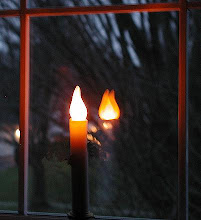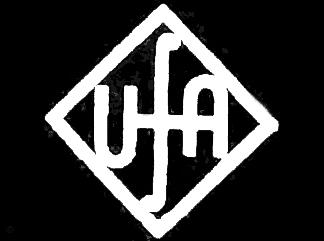Tuesday, July 26, 2011
Quantum Logic
I woke up thinking about Quantum Logic and Professor Hilary Putnam.
I woke up thinking about many-valued logics, too.
I woke up thinking that the truth values, True and False, were similar to the basic buildings blocks of matter, essentially being electrons and protons of opposite charges.
I woke up thinking, however, that just like electrons and protons, True and False are made up of more basic particles, just as atomic particles are composed of energy, quarks, neutrinos, pions, and what have you.
So with my first cup of coffee I was wondering how that would work out. A proposition "X" may be true-1, or true-2, or true-3 (we leave the interpretation of this undefined), yet "X" remains with a truth value of True. The semantics and interpretation of such propositions - always True - becomes a bit different.
Is this merely a move away from many-valued logics to something nonsensical? Maybe. However, it gives the logicians their certitude and the semanticists their wealth of intensions and extensions.
The rules of logic define a space of truth values (not propositions, for they are generated by other means), and there are structures like cellular automata, where true and false step through the logic inherent in the propositions of interest, and create regions of coherence and/or chaos.
--
Labels:
logic,
philosophy
Subscribe to:
Post Comments (Atom)


















No comments:
Post a Comment